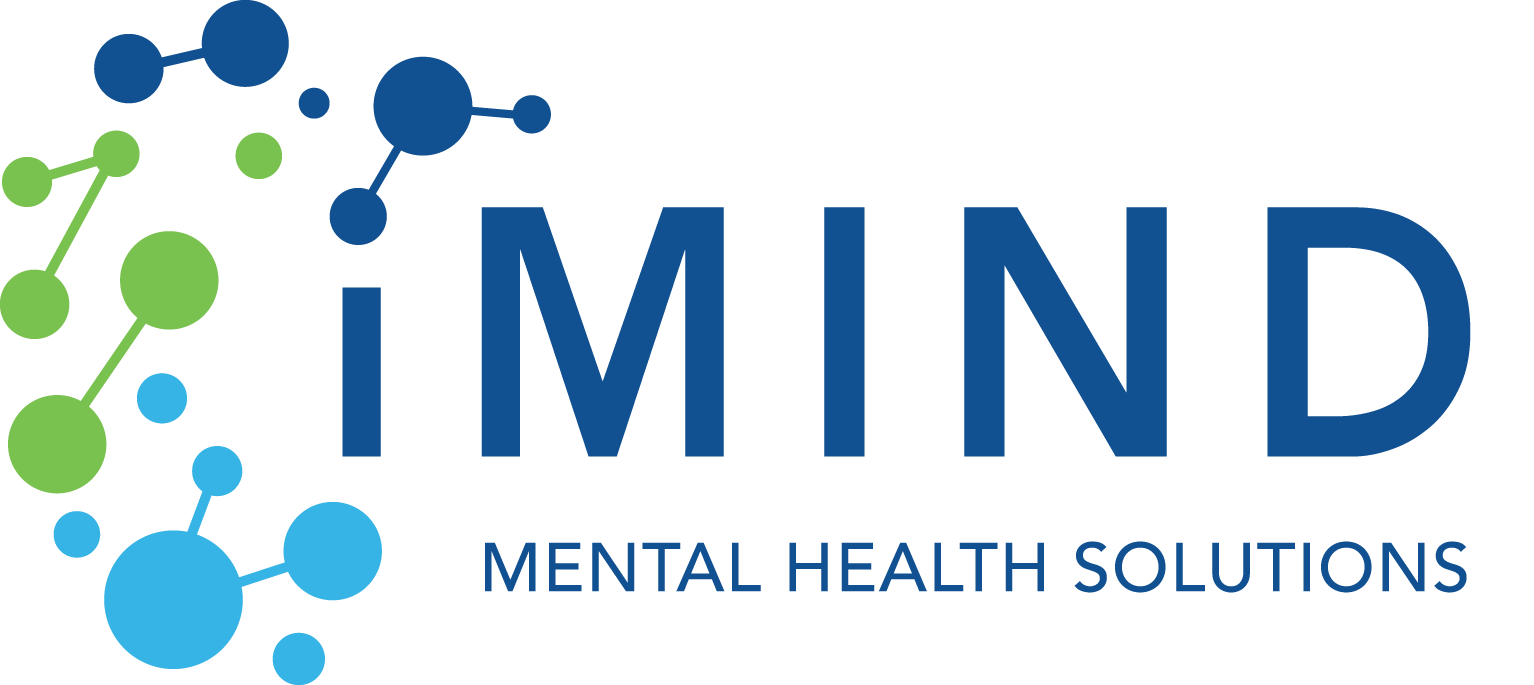What Brain Scans Reveal About People with Anxiety
Published By Justin Baksh, LMHC, MCAP
March 21, 2022

It’s a perfect spring day and you are picking flowers in a sunlit meadow. The only thing to worry about are bees buzzing from one bloom to the next. If you knew there were no bees, however, would you be able to relax more?
Many would say yes to that – even people with anxiety. However, despite telling themselves that they are in a safe space, the brains of people with generalized anxiety disorder (GAD) say otherwise.
This is the finding of a new study using virtual reality to give us major insight into anxiety disorders. Participants wandered through idyllic meadows with (and without) bees, complete with mild electric buzzes simulating a real-life bee stings, while researchers kept a close eye on brain activity via a functional MRI.
Fight or Flight: The Fear Response
The fear response is an automatic process in the brain triggered by a perceived threat. It activates the amygdala, a small organ located in the limbic system, which reacts to a perceived threat with the release of stress hormones (cortisol, adrenaline, and more).
As a result, your body launches into a hyperaware state, with a higher heart rate, increased blood pressure, and faster breathing. Glucose rushes to your muscles – muscles you will need to respond to imminent threats. Other processes, such as the digestive system and the cerebral cortex, slow down, as they are not essential to your chances of survival. Once the threat has passed, brain activity returns to normal.
What this new study shows, though, is that, in people with anxiety, the fear response can stay activated in situations where there is no danger present.
In fact, study participants with anxiety knew that there were no bees in certain areas, yet their brains continued to sound the alarm. Functional MRIs registered increased insula activity, which heightens present-moment awareness, as well as dorsomedial prefrontal cortex activation, which confers a higher ability to read the mental states of others. Both are associated with the fear response.
Interestingly, there were no physical indications of this state of hyperarousal. This can be why anxiety is invisible to others.
The Prefrontal Cortex, Amygdala and Anxiety
Our pre-frontal cortex is responsible for controlling our cognitive functions. Although present at birth, it is not fully developed in humans until about 25 years of age.
The prefrontal cortex helps us anticipate the consequences of our actions, weigh the outcomes of complex decisions, focus attention and control emotions and impulses. It also can also put the brakes on fear by inhibiting amygdala activity.
Previous studies involving neuroimaging have shown abnormal prefrontal cortex activity in people with anxiety.
In panic-related anxiety disorders (post-traumatic stress disorder, phobias and panic disorder), the prefrontal cortex appears to be underactive. Therefore, it does not do a good job of controlling the amygdala’s fear response.
Conversely, in anxiety disorders involving ruminating thoughts and excessive worry (GAD or obsessive-compulsive disorder), the prefrontal cortex is overactive. This causes sufferers to overthink, overanalyze, and stew in their own thoughts on an endless loop.
Anxiety Treatment Insights
“This is the first time we have looked at discrimination learning in this way. We know what brain areas to look at, but this is the first time we show this concert of activity in such a complex ‘real-world-like’ environment… These findings point towards the need for treatments that focus on helping patients take back control of their bodies.” – Dr. Suarez-Jimenez, author of the spring meadow virtual reality experiment
This latest research joins a large body of evidence pointing to new avenues of treatment for anxiety. If abnormal brain function is causing or contributing to the disorder, then it makes since to target the brain in treating the condition.
What is Neurofeedback?
Neurofeedback is a noninvasive, medication-free treatment that can change the way the brain functions.
First used to treat epilepsy in 1972, it is now recognized as an evidence-based treatment for a range of mental health conditions, including anxiety, depression, obsessive-compulsive disorder, and more.
Why Neurofeedback Works
Many times, when anxious thoughts are present, there is overactive beta brainwave activity. This and other brain activity can be measured with a qEEG, or a brain mapping device. Once this abnormality is identified, a qualified treatment provider can design a neurofeedback treatment program that retrains the brain to better functioning – i.e., less anxious thoughts.
How Neurofeedback Works
While you relax and play a game, watch a video, or listen to music, your brain waves are being measured. If there is overactivity or underactivity, the neurofeedback device will change your experience by dimming the screen or quieting the sounds you hear. Your brain automatically responds to this feedback by refocusing on the game or video. This unconscious process and can happen more than a thousand times during your session.
Over time, your brain learns how to keep its waves in the desired range by employing the same behavior that returns it to normal in your neurofeedback sessions. It is trained to stay in an optimal state. The effects tend to be long lasting as well.
Hope for Anxiety
It’s not just about counseling and medication anymore. Treatments such as neurofeedback can make a real difference in the lives of those who struggle with anxiety every day. If you are one of them, seeking out qualified professional help is worth it… and so are you.
- Berkowitz, R. L., Coplan, J. D., Reddy, D. P., & Gorman, J. M. (n.d.). The human dimension: How the prefrontal cortex modulates the subcortical fear response. Reviews in the neurosciences. Retrieved March 13, 2022, from ncbi.nlm.nih.gov
- Smith Hayduk , K. (2022, January 18). Anxiety cues found in the brain despite safe environment. URMC Newsroom. Retrieved March 13, 2022, from urmc.rochester.edu






